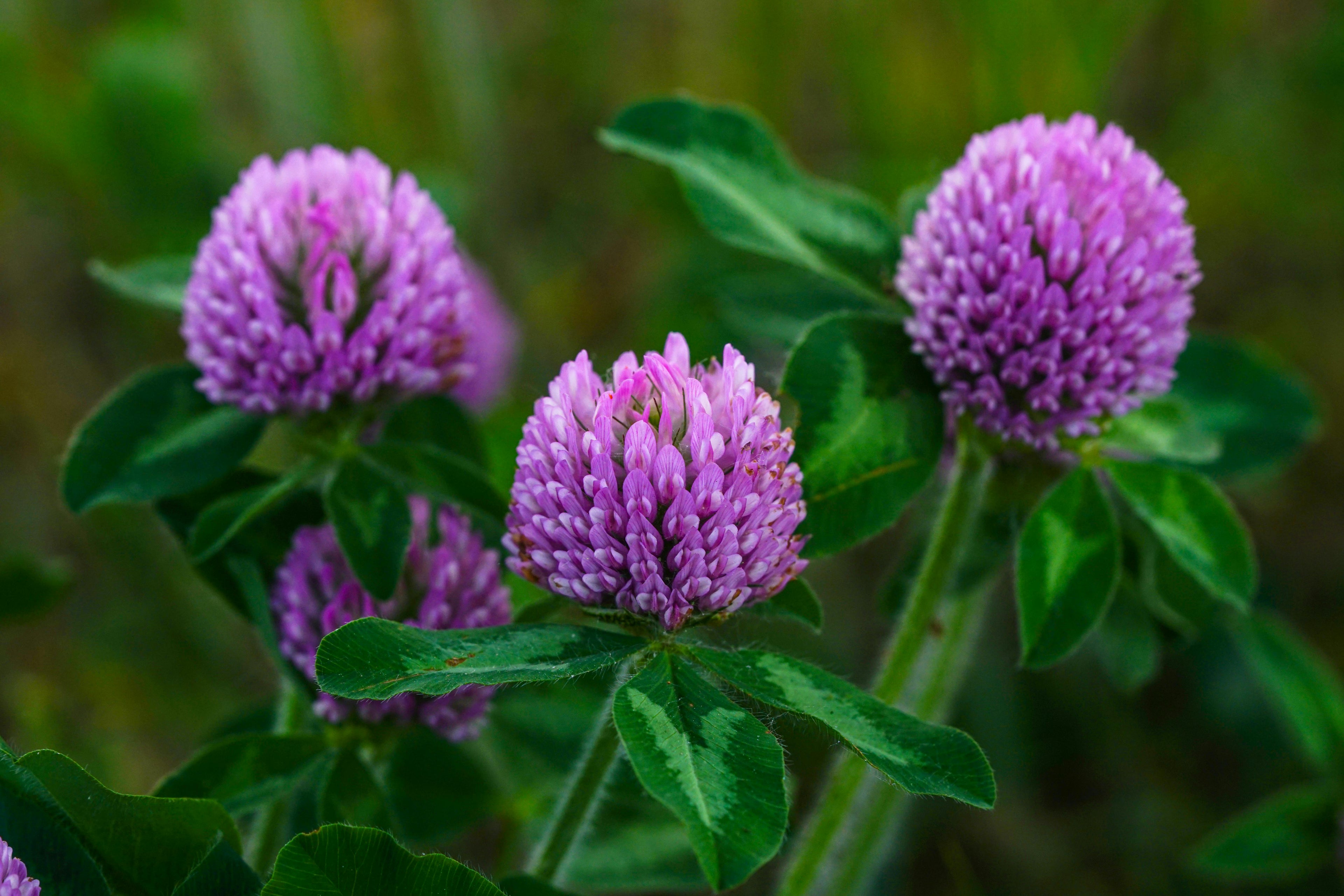Menopause can bring a host of frustrating symptoms, from hot flashes and mood swings to sleep disturbances and fatigue. These symptoms are often the result of declining oestrogen levels, leaving many women searching for ways to restore balance. While hormone replacement therapy (HRT) is a common solution, not everyone feels comfortable pursuing this option.
Enter phytoestrogens—plant compounds that mimic oestrogen in the body and may help ease menopause symptoms naturally. By incorporating foods rich in phytoestrogens into your diet, you can support your body’s hormonal changes in a safe and effective way.
In this article, you’ll learn what phytoestrogens are, how they work, and how you can use them to feel better during menopause.
What Are Phytoestrogens?

Phytoestrogens are natural compounds found in certain plants that have a chemical structure similar to oestrogen, the hormone that declines during menopause.
When consumed, these compounds can interact with oestrogen receptors in the body, mimicking or modulating the effects of natural oestrogen. Unlike synthetic hormones, phytoestrogens are much weaker, making them a gentle and natural alternative for hormone balance.
How Phytoestrogens Work
Phytoestrogens interact with your body’s endocrine system in two key ways:
- Mimicking Oestrogen:
When oestrogen levels are low—common during menopause—phytoestrogens can act as a mild substitute, binding to oestrogen receptors and triggering a weaker version of the same effects. This can help reduce symptoms like hot flashes and mood swings. - Modulating Excess Oestrogen:
In cases where oestrogen levels are high (such as during perimenopause), phytoestrogens may block stronger oestrogen from binding to receptors, creating a balancing effect.
This dual action makes phytoestrogens particularly versatile for managing hormonal fluctuations during menopause.
Benefits of Phytoestrogens During Menopause
Incorporating phytoestrogens into your diet can offer a range of benefits, including:
- Reducing Hot Flashes:
Studies have shown that phytoestrogen-rich diets may help reduce the frequency and severity of hot flashes. - Improving Mood:
By modulating hormone levels, phytoestrogens can help stabilise mood swings and promote emotional wellbeing. - Supporting Bone Health:
Phytoestrogens, particularly those found in soy, may help protect against bone density loss—a common concern during menopause. - Improving Heart Health:
Some phytoestrogens, like those in flaxseeds, contain omega-3s and lignans, which support cardiovascular health.
Foods Rich in Phytoestrogens
Here are some of the best dietary sources of phytoestrogens:
1. Soy Products
- Tofu
- Tempeh
- Edamame
- Soy milk
Soy is one of the richest sources of isoflavones, a type of phytoestrogen known for its strong hormone-balancing properties.
2. Flaxseeds
Flaxseeds contain lignans, another type of phytoestrogen. They’re also high in omega-3 fatty acids, making them a great addition to your diet.
3. Chickpeas and Other Legumes
Chickpeas, lentils, and black beans are excellent sources of phytoestrogens and are easy to incorporate into soups, salads, and stews.
4. Whole Grains
Brown rice, oats, and barley are high in phytoestrogens and provide fibre to support overall health.
5. Nuts and Seeds
Walnuts, sesame seeds, and sunflower seeds contain moderate amounts of phytoestrogens and are perfect for snacking or adding to meals.
How to Incorporate Phytoestrogens Into Your Diet
Making phytoestrogens a part of your routine doesn’t have to be complicated. Here are a few simple ideas:
- Breakfast: Sprinkle ground flaxseeds on your yoghurt or blend them into a smoothie with soy milk.
- Lunch: Add edamame to your salad or swap chicken for tofu in a stir-fry.
- Dinner: Use chickpeas as a base for a hearty curry or soup.
- Snacks: Munch on walnuts or sesame seed crackers for a phytoestrogen-rich pick-me-up.
Aim for balance—incorporating a variety of these foods throughout the week to maximise their benefits.
Potential Risks and Considerations

While phytoestrogens are safe for most people, there are a few considerations:
- Portion Control: Over-consuming soy products in supplement form may not be advisable for those with thyroid issues. Whole food sources are generally safer and more effective.
- Personalised Needs: If you have a history of hormone-sensitive conditions, consult your GP before making significant dietary changes.
Harnessing Nature for Hormonal Balance
Phytoestrogens offer a natural, effective way to support hormonal balance during menopause. By incorporating foods like soy, flaxseeds, and chickpeas into your diet, you can reduce symptoms like hot flashes and mood swings while supporting your overall health.
Remember, small changes can lead to big results. Whether you’re adding a handful of flaxseeds to your breakfast or enjoying a tofu-based stir-fry for dinner, you’re taking a proactive step toward feeling your best.
With the power of phytoestrogens and a balanced diet, navigating menopause can become a little easier—and a lot more manageable.

